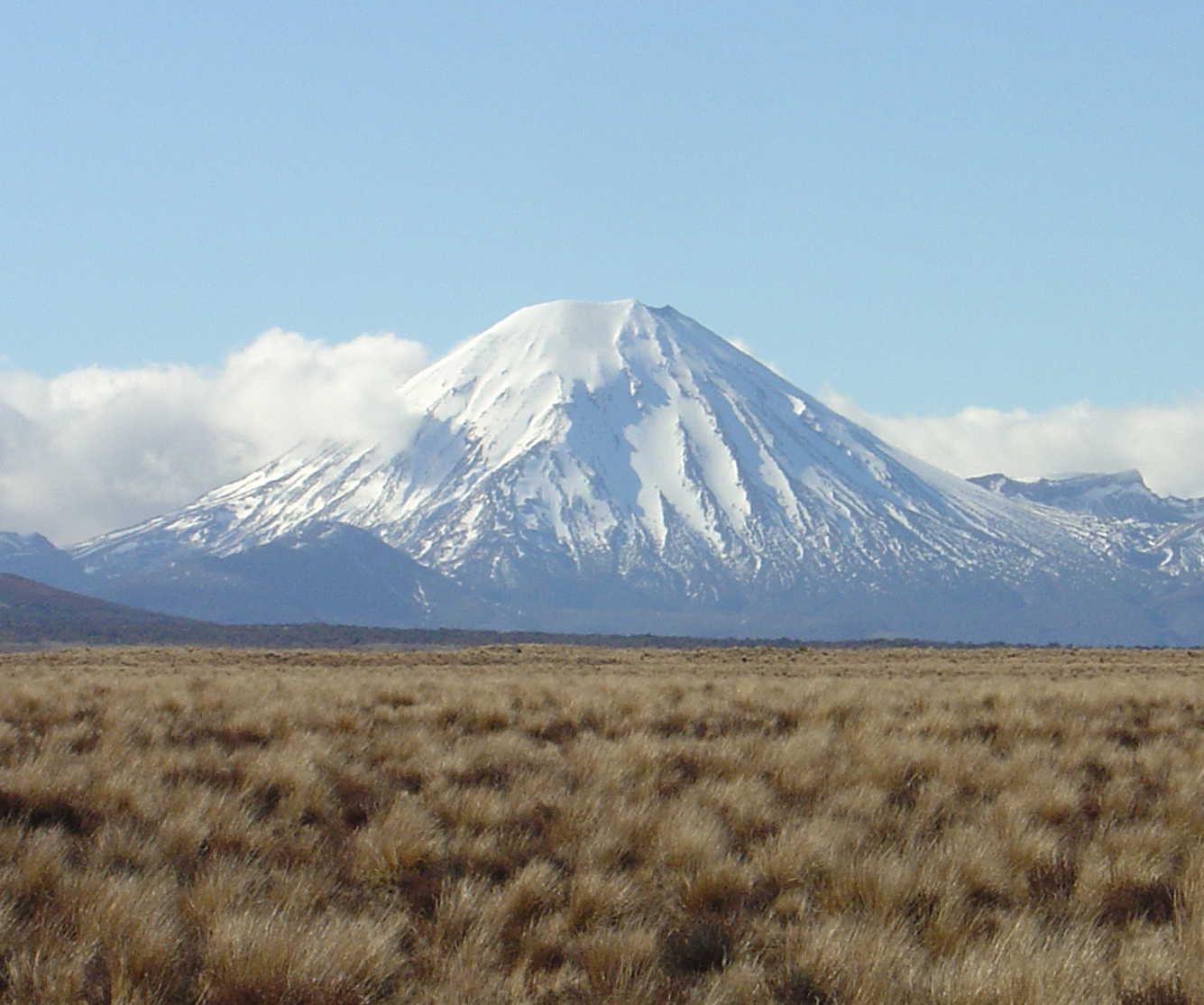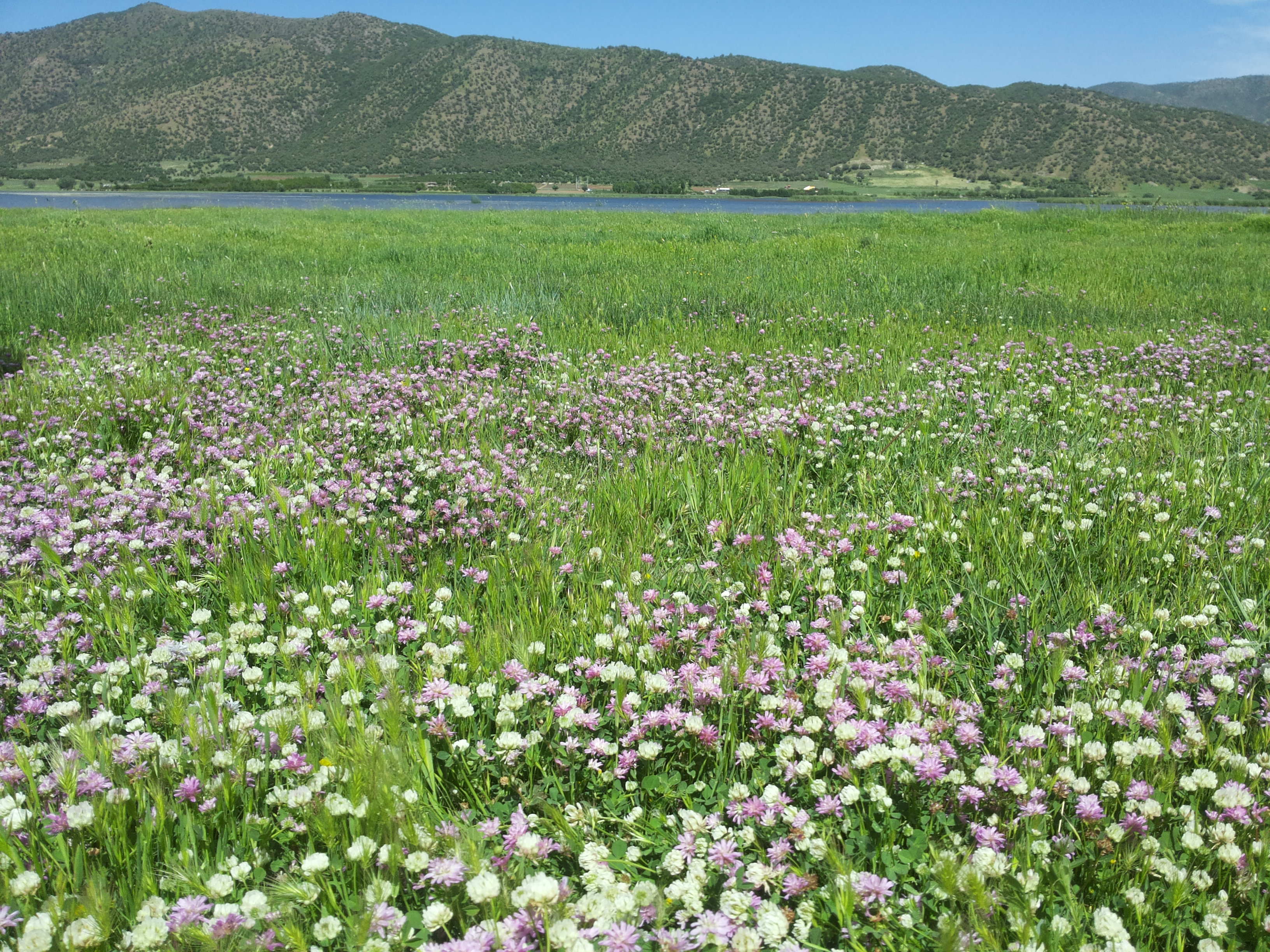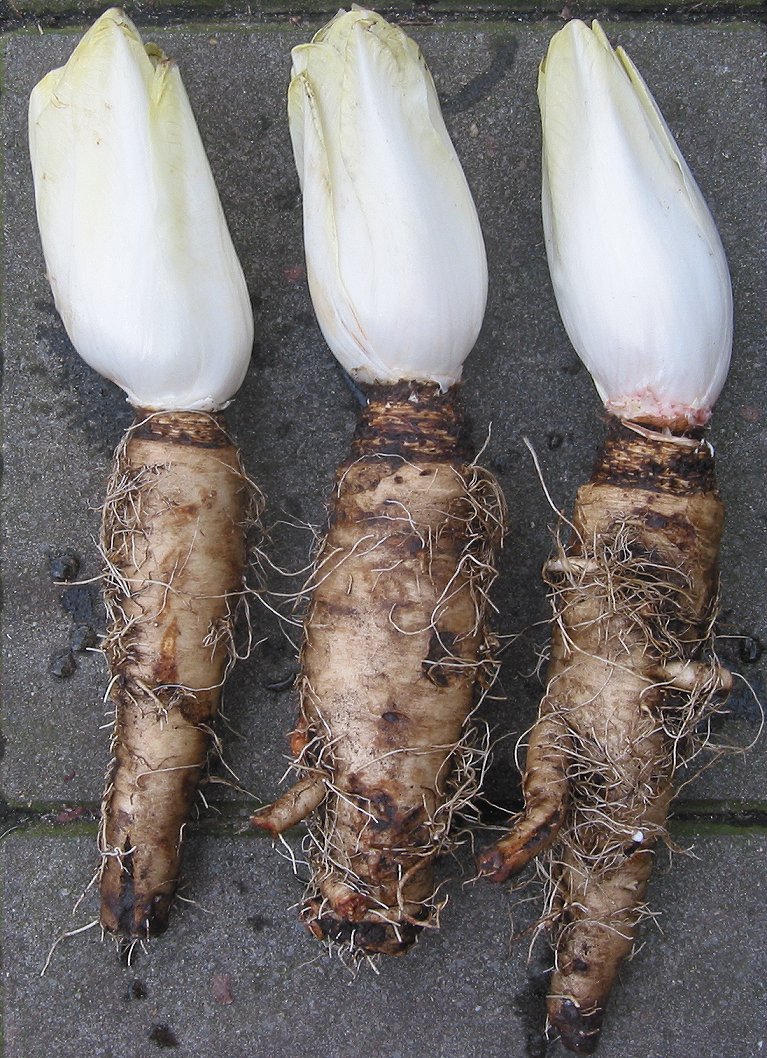|
Octochaetus Multiporus
''Octochaetus multiporus'', commonly known as the New Zealand earthworm, is a megascolecid worm endemic to New Zealand. It is mainly found in the south of Manawatu but may also be found along the east coast of the South Island. A bioluminescent worm, ''Octochaetus multiporus'' secretes a luminescent fluid from its mouth when disturbed or punctured. Taxonomy The New Zealand earthworm was first described by Frank Evers Beddard in 1885. It is the type-species and type-genus of Octochaetidae, a family of earthworms mainly confined to the Australasian region, with the long anticipated "missing-link" between octochaetids in New Zealand and India found recently with ''Octochaetus ambrosensis'' (Blakemore, 1997) and its allied taxa in Australia. Description ''Octochaetus multiporus'' is pale pink in colour, with a translucent body wall and a purple streak that runs along the top midline of the body. The clitellum (a glandular section on the wall of the body, which holds eggs) and le ... [...More Info...] [...Related Items...] OR: [Wikipedia] [Google] [Baidu] |
Frank Evers Beddard
Frank Evers Beddard FRS FRSE (19 June 1858 – 14 July 1925) was an English zoologist. He became a leading authority on annelids, including earthworms. He won the Linnean Medal in 1916 for his book on oligochaetes. Life Beddard was born in Dudley, Worcestershire the son of John Beddard. He was educated at Harrow and New College, Oxford. He died at West Hampstead in London. Career Beddard was naturalist to the Challenger Expedition Commission from 1882 to 1884. In 1884 he was appointed prosector, responsible for preparing dissections of animals that had died, at the Zoological Society of London, following the death of William Alexander Forbes. Beddard became lecturer in biology at Guy's Hospital, examiner in zoology and comparative anatomy at the University of London, and lecturer in morphology at Oxford University. Apart from his publications on wide-ranging topics in zoology, such as Isopoda, Mammalia,Beddard, Frank Evers. (Edit: Harmer, Sir Sidney Frederic; Shipley, ... [...More Info...] [...Related Items...] OR: [Wikipedia] [Google] [Baidu] |
Tussock Grasslands Of New Zealand
Tussock grasslands form expansive and distinctive landscapes in the South Island and, to a lesser extent, in the Central Plateau region of the North Island of New Zealand. Most of the plants referred to as tussocks are in the genera ''Chionochloa'', ''Festuca'', and ''Poa'', also ''Carex''. What would be termed " herbfields" for European mountains, and bunchgrass meadows in North America, are referred to as tussock herbfields in New Zealand due to a dominance of this type of plant. Species of the genus ''Chionochloa'' dominate in these areas. The larger tussocks are called snow grass (or less commonly snow tussocks) and may grow up to in height. They grow slowly and some specimens are estimated to be several centuries old. See also *Canterbury–Otago tussock grasslands *Southland montane grasslands *Environment of New Zealand The environment of New Zealand is characterised by an endemic flora and fauna which has evolved in near isolation from the rest of the world. The ... [...More Info...] [...Related Items...] OR: [Wikipedia] [Google] [Baidu] |
Megascolecidae
The Megascolecidae is a taxonomic family of earthworms which is native to Madagascar, Australia, New Zealand and both South East Asia and North America. All species of Megascolecidae belong to the Clitellata class. Megascolecidae are a large family of earthworms and they can grow up to 2 meters in length. The intercontinental distribution of Megascolecidae helps in favouring the Continental Drift theory.Reynolds, J.W. 1995. The distribution of earthworms (Annelida, Oligochaeta) in North America. Pp. 133- 153 In: Mishra, P.C., N. Behera, B.K. Senapati and B.C. Guru (eds.). Advances in Ecology and Environmental Sciences. New Delhi: Ashish Publishing House, 651 pp. The distinctive feature that differs Megascolecidae from other earthworm families is their large size in comparison with other earthworm families. They are an essential part of maintaining soil structure, minor carbon sequestration, and maintaining terrestrial ecosystem balance. Megascolecidae is one of many families Ann ... [...More Info...] [...Related Items...] OR: [Wikipedia] [Google] [Baidu] |
Lumbricid
The Lumbricidae are a family of earthworms. About 33 lumbricid species have become naturalized around the world, but the bulk of the species are in the Holarctic region: from Canada (e.g. ''Bimastos lawrenceae'' on Vancouver Island) and the United States (e.g. ''Eisenoides carolinensis'', ''Eisenoides lonnbergi'' and most ''Bimastos'' spp.) and throughout Eurasia to Japan (e.g. ''Eisenia japonica'', ''E. koreana'' and ''Helodrilus hachiojii''). An enigmatic species in Tasmania is ''Eophila eti''. Currently, 670 valid species and subspecies in about 42 genera are recognized. This family includes the majority of earthworm species well known to Europeans. Genera The family consists of the following genera: * ''Allolobophora'' Eisen, 1874 * '' Alpodinaridella'' Mršić, 1987 * ''Aporrectodea'' Orley, 1885 * ''Bimastos'' Moore, 1893 * '' Castellodrilus'' Qiu & Bouché, 1998 stat. nov. * '' Cataladrilus'' Qiu & Bouché, 1998 * '' Cernosvitovia'' Omodeo, 1956 * '' Creinella'' Mrši ... [...More Info...] [...Related Items...] OR: [Wikipedia] [Google] [Baidu] |
Parasite
Parasitism is a Symbiosis, close relationship between species, where one organism, the parasite, lives on or inside another organism, the Host (biology), host, causing it some harm, and is Adaptation, adapted structurally to this way of life. The entomologist E. O. Wilson has characterised parasites as "predators that eat prey in units of less than one". Parasites include single-celled protozoans such as the agents of malaria, sleeping sickness, and amoebic dysentery; animals such as hookworms, lice, mosquitoes, and vampire bats; fungi such as Armillaria mellea, honey fungus and the agents of ringworm; and plants such as mistletoe, dodder, and the Orobanchaceae, broomrapes. There are six major parasitic Behavioral ecology#Evolutionarily stable strategy, strategies of exploitation of animal hosts, namely parasitic castration, directly transmitted parasitism (by contact), wikt:trophic, trophicallytransmitted parasitism (by being eaten), Disease vector, vector-transmitted paras ... [...More Info...] [...Related Items...] OR: [Wikipedia] [Google] [Baidu] |
Kiwi (bird)
Kiwi ( ) are flightless birds endemic to New Zealand of the order Apterygiformes. The five extant species fall into the family Apterygidae () and genus ''Apteryx'' (). Approximately the size of a domestic chicken, kiwi are by far the smallest living ratites (which also include ostriches, emus, rheas and cassowaries). However, the ratite group is polyphyletic, and cladistically also includes tinamous, which can also be of moderate size. Members of this expanded group are known as paleognaths. DNA sequence comparisons have yielded the conclusion that kiwi are much more closely related to the extinct Malagasy elephant birds than to the moa with which they shared New Zealand. There are five recognised species, four of which are currently listed as Vulnerable species, vulnerable, and Little spotted kiwi, one of which is Near-threatened species, near-threatened. All species have been negatively affected by historic Deforestation in New Zealand, deforestation, but their remainin ... [...More Info...] [...Related Items...] OR: [Wikipedia] [Google] [Baidu] |
Magpie
Magpies are birds of the Corvidae family. Like other members of their family, they are widely considered to be intelligent creatures. The Eurasian magpie, for instance, is thought to rank among the world's most intelligent creatures, and is one of the few non-mammal species able to recognize itself in a mirror test. They are particularly well known for their songs and were once popular as cagebirds. In addition to other members of the genus '' Pica'', corvids considered as magpies are in the genera '' Cissa'', '' Urocissa'', and '' Cyanopica''. Magpies of the genus ''Pica'' are generally found in temperate regions of Europe, Asia, and western North America, with populations also present in Tibet and high-elevation areas of Kashmir. Magpies of the genus ''Cyanopica'' are found in East Asia and the Iberian Peninsula. The birds called magpies in Australia are, however, not related to the magpies in the rest of the world. Name References dating back to Old English call the bird ... [...More Info...] [...Related Items...] OR: [Wikipedia] [Google] [Baidu] |
Starling
Starlings are small to medium-sized passerine birds in the family Sturnidae. The Sturnidae are named for the genus ''Sturnus'', which in turn comes from the Latin word for starling, ''sturnus''. Many Asian species, particularly the larger ones, are called mynas, and many African species are known as glossy starlings because of their iridescent plumage. Starlings are native to Europe, Asia, and Africa, as well as northern Australia and the islands of the tropical Pacific. Several European and Asian species have been introduced to these areas, as well as North America, Hawaii, and New Zealand, where they generally compete for habitats with native birds and are considered to be invasive species. The starling species familiar to most people in Europe and North America is the common starling, and throughout much of Asia and the Pacific, the common myna is indeed common. Starlings have strong feet, their flight is strong and direct, and they are very gregarious. Their preferred habit ... [...More Info...] [...Related Items...] OR: [Wikipedia] [Google] [Baidu] |
Worm Castings
Vermicompost (vermi-compost) is the product of the decomposition process using various species of worms, usually red wigglers, white worms, and other earthworms, to create a mixture of decomposing vegetable or food waste, bedding materials, and vermicast. This process is called vermicomposting, while the rearing of worms for this purpose is called vermiculture. Vermicast (also called worm castings, worm humus, worm manure, or worm faeces) is the end-product of the breakdown of organic matter by earthworms. These excreta have been shown to contain reduced levels of contaminants and a higher saturation of nutrients than the organic materials before vermicomposting. Vermicompost contains water-soluble nutrients and is an excellent, nutrient-rich organic fertilizer and soil conditioner.Coyne, Kelly and Erik Knutzen. ''The Urban Homestead: Your Guide to Self-Sufficient Living in the Heart of the City.'' Port Townsend: Process Self Reliance Series, 2008. It is used in gardening and sus ... [...More Info...] [...Related Items...] OR: [Wikipedia] [Google] [Baidu] |
Clover
Clover or trefoil are common names for plants of the genus ''Trifolium'' (from Latin ''tres'' 'three' + ''folium'' 'leaf'), consisting of about 300 species of flowering plants in the legume or pea family Fabaceae originating in Europe. The genus has a cosmopolitan distribution with highest diversity in the temperate Northern Hemisphere, but many species also occur in South America and Africa, including at high altitudes on mountains in the tropics. They are small annual, biennial, or short-lived perennial herbaceous plants, typically growing up to 30 cm tall. The leaves are trifoliate (rarely quatrefoiled; see four-leaf clover), monofoil, bifoil, cinquefoil, hexafoil, septfoil, etcetera, with stipules adnate to the leaf-stalk, and heads or dense spikes of small red, purple, white, or yellow flowers; the small, few-seeded pods are enclosed in the calyx. Other closely related genera often called clovers include '' Melilotus'' (sweet clover) and ''Medicago'' ( alfalfa or Calvar ... [...More Info...] [...Related Items...] OR: [Wikipedia] [Google] [Baidu] |
Chicory
Common chicory ('' Cichorium intybus'') is a somewhat woody, perennial herbaceous plant of the family Asteraceae, usually with bright blue flowers, rarely white or pink. Native to the Old World, it has been introduced to North America and Australia. Many varieties are cultivated for salad leaves, chicons ( blanched buds), or roots (var. ''sativum''), which are baked, ground, and used as a coffee substitute and food additive. In the 21st century, inulin, an extract from chicory root, has been used in food manufacturing as a sweetener and source of dietary fiber. Chicory is grown as a forage crop for livestock. "Chicory" is also the common name in the United States for curly endive (''Cichorium endivia''); these two closely related species are often confused. Description When flowering, chicory has a tough, grooved, and more or less hairy stem. It can grow to tall. The leaves are stalked, lanceolate and unlobed; they range from in length (smallest near the top) and wide. ... [...More Info...] [...Related Items...] OR: [Wikipedia] [Google] [Baidu] |
Deforestation
Deforestation or forest clearance is the removal of a forest or stand of trees from land that is then land conversion, converted to non-forest use. Deforestation can involve conversion of forest land to farms, ranches, or urban area, urban use. The most concentrated deforestation occurs in tropical rainforests. About 31% of Earth's land surface is covered by forests at present. This is one-third less than the forest cover before the expansion of agriculture, a half of that loss occurring in the last century. Between 15 million to 18 million hectares of forest, an area the size of Bangladesh, are destroyed every year. On average 2,400 trees are cut down each minute. The Food and Agriculture Organization, Food and Agriculture Organization of the United Nations defines deforestation as the conversion of forest to other land uses (regardless of whether it is human-induced). "Deforestation" and "forest area net change" are not the same: the latter is the sum of all forest losses ... [...More Info...] [...Related Items...] OR: [Wikipedia] [Google] [Baidu] |
_(7042622427).jpg)


.jpg)


